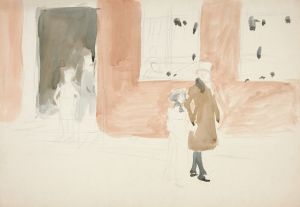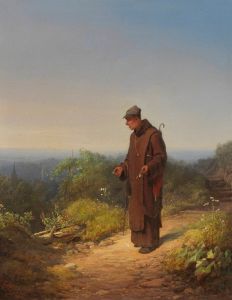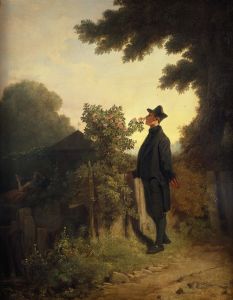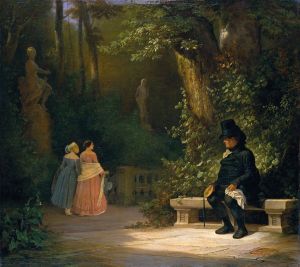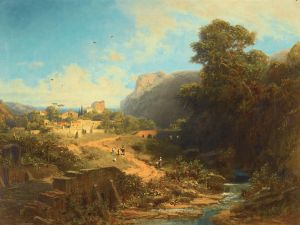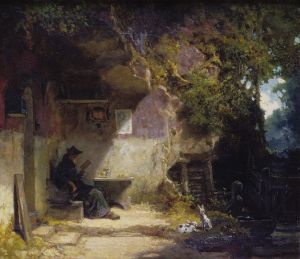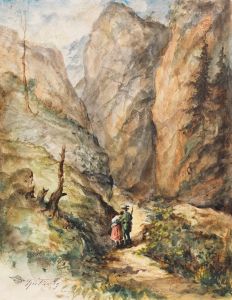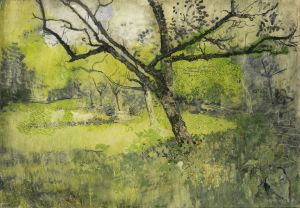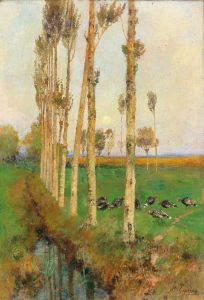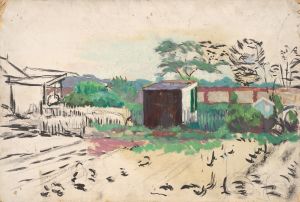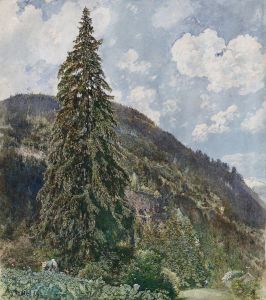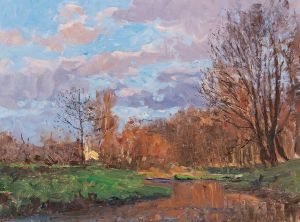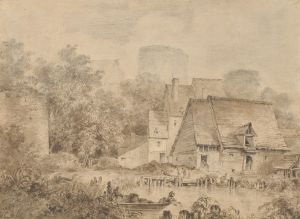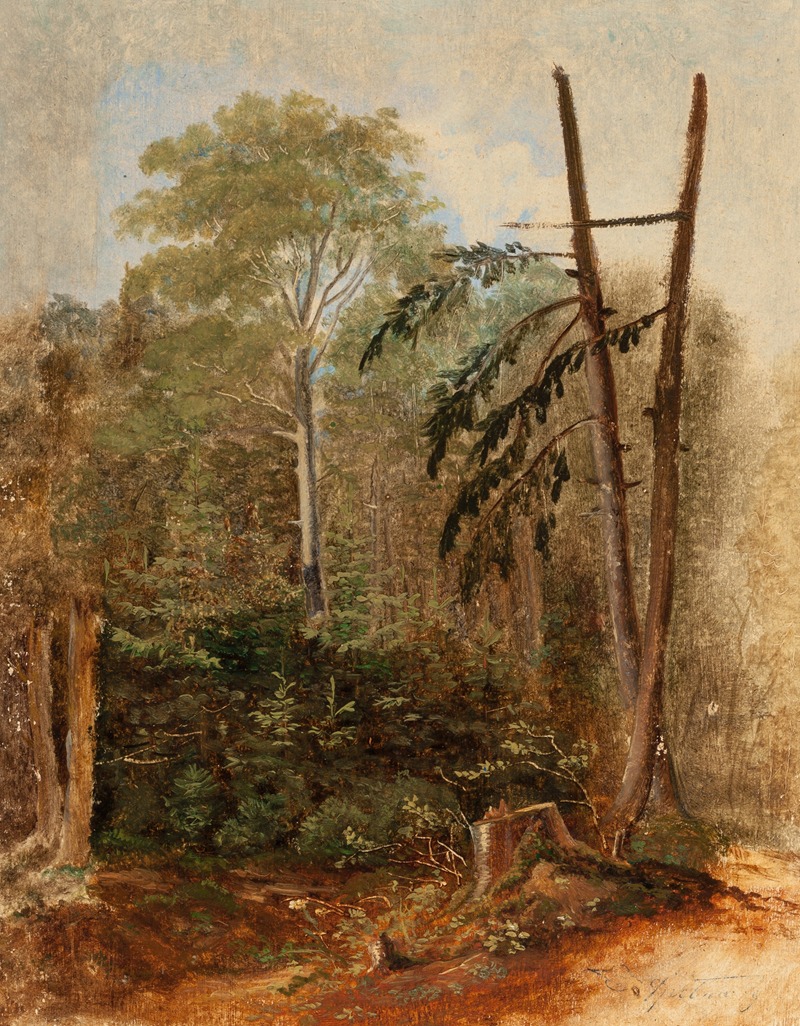
Study of a Woodland Landscape
A hand-painted replica of Carl Spitzweg’s masterpiece Study of a Woodland Landscape, meticulously crafted by professional artists to capture the true essence of the original. Each piece is created with museum-quality canvas and rare mineral pigments, carefully painted by experienced artists with delicate brushstrokes and rich, layered colors to perfectly recreate the texture of the original artwork. Unlike machine-printed reproductions, this hand-painted version brings the painting to life, infused with the artist’s emotions and skill in every stroke. Whether for personal collection or home decoration, it instantly elevates the artistic atmosphere of any space.
Carl Spitzweg was a renowned German painter of the 19th century, celebrated for his contributions to the Biedermeier period, a time characterized by a focus on the middle class and a penchant for depicting everyday life with a touch of romanticism and humor. One of his notable works is "Study of a Woodland Landscape," which exemplifies his skill in capturing the serene beauty of nature.
"Study of a Woodland Landscape" is a testament to Spitzweg's ability to render the natural world with a keen eye for detail and a deep appreciation for its tranquility. Although specific details about the painting's creation, such as the exact date or location, are not widely documented, it is consistent with Spitzweg's broader oeuvre, which often includes intimate portrayals of landscapes and scenes imbued with a sense of quietude and reflection.
Spitzweg's landscapes are typically characterized by their meticulous attention to detail and a harmonious composition that invites viewers into a peaceful, almost idyllic world. In "Study of a Woodland Landscape," Spitzweg likely employed his characteristic technique of using soft, muted colors to create a gentle, atmospheric effect. This approach not only highlights the natural beauty of the woodland setting but also evokes a sense of calm and introspection.
The painting would have been created during a period when Spitzweg was deeply influenced by the Romantic movement, which emphasized the beauty and power of nature as a source of inspiration and solace. This influence is evident in the way Spitzweg captures the interplay of light and shadow, creating a dynamic yet serene environment that draws the viewer into the scene.
Spitzweg's work often reflects his background as a pharmacist, a profession he practiced before fully dedicating himself to art. His scientific training may have contributed to his precise observation skills and his ability to depict the natural world with such fidelity. This attention to detail is a hallmark of his landscape studies, where each element is carefully rendered to contribute to the overall harmony of the composition.
"Study of a Woodland Landscape" fits within Spitzweg's broader artistic legacy, which includes a wide array of subjects ranging from whimsical genre scenes to contemplative landscapes. His paintings often feature solitary figures or small groups of people engaged in everyday activities, set against the backdrop of nature or quaint urban settings. This focus on the ordinary, combined with his romantic sensibility, has made Spitzweg a beloved figure in the history of German art.
While specific information about "Study of a Woodland Landscape" may be limited, the painting remains an important part of Spitzweg's body of work, showcasing his ability to blend realism with romanticism. His landscapes continue to be appreciated for their beauty and their ability to transport viewers to a world of tranquility and reflection, embodying the essence of the Biedermeier period's artistic ideals.





